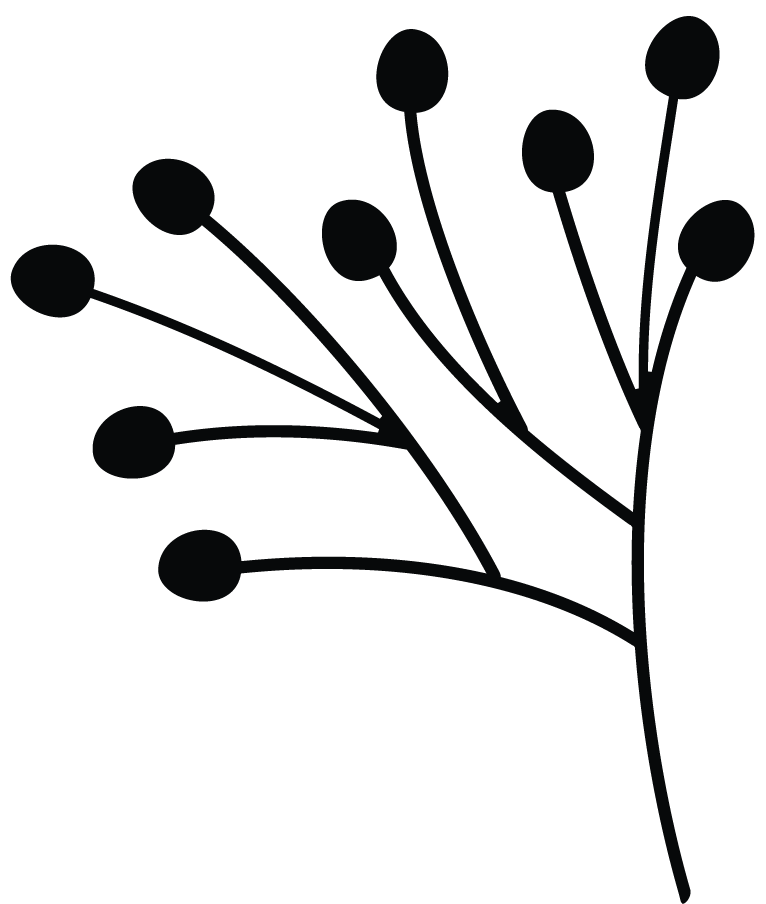Want to up your sewing game? Mastering these 5 techniques will give big gains when it comes to the finish of your garments.
When you start out dressmaking, there is so much to learn, you don’t really realise how much. As you progress you will find that you learn many new skills but some will be used more than others and give you bigger and better results.
1. Invisible Zips
Many beginners are intimidated by zips and invisible zips especially. But sewing garments with flawless invisible zips will give you a glow of satisfaction that lasts for days. The are my favourite zip for pretty much any garment. Dresses, skirts & trousers.
Watch this video tutorial to see me demonstrate my method step by step.
2. Hemming
There is no one hem techniques that works for all fabrics and all garments. So having a few different hemming techniques in your arsenal will mean that you can choose which type of hem will work best for your project. Using the right type of hem will really up your sewing game.
Here are a few examples of different hemming techniques you should learn:
- Rolled Hem – by hand, sewing machine & overlocker
- Blind Hem – by hand and sewing machine (A blind hem is also possible by overlocker, but I think there are always better methods.)
- Faced hem
- Double turned hem
- Single turned hem
- Edge stitched hem
- Twin needle hem
Watch this video tutorial for a couple of rolled hemming methods.
3. Hand finishing
Using hand finishing techniques can elevate your garment into the realms of couture sewing. Hand finished hems with invisible stitches look fabulous and create a really high-end finish.
A hook & loop with a blanket stitch on the hook and a hand worked thread loop are a quality finish to use. And hand worked buttonholes are a tailoring technique that is worth taking the time to practice and master.
Book a one to one lesson to learn hand finishing techniques with me.
4. Understitching
Understitching is a crucial construction stitch that helps keep linings, facings and pockets from showing on the right side of the garment. The seam allowance is first pressed towards the facing or lining. And then a row of stitching is sewn by machine holding the seam allowance to the facing just inside the original seam line. No stitching is seen on the outside of the garment and it helps the seam roll slightly to the inside.
Knowing how, when and where to understitch your makes will help create professionally finished clothes and really up your sewing game.
This video explains more about understitching and shows you how.
5. Pressing
Using an iron to press your clothes while making them is different from ironing your clothes to remove wrinkles and creases.
Pressing whilst constructing clothes is as important as sewing the seams. It can create shaping, shrink areas, and make the fabric behave as it should. And iron can be wielded like a magic wand in the right hands.
An easy step in the right direction is to use pressing tools. A tailors ham and a seam roll.
Watch this Sew Along to create your own pressing tools.

What techniques have you learned that have made a massive difference to your finished garments? I’d love to hear about them in the commens below.
Love & Stitches
Alison xx


